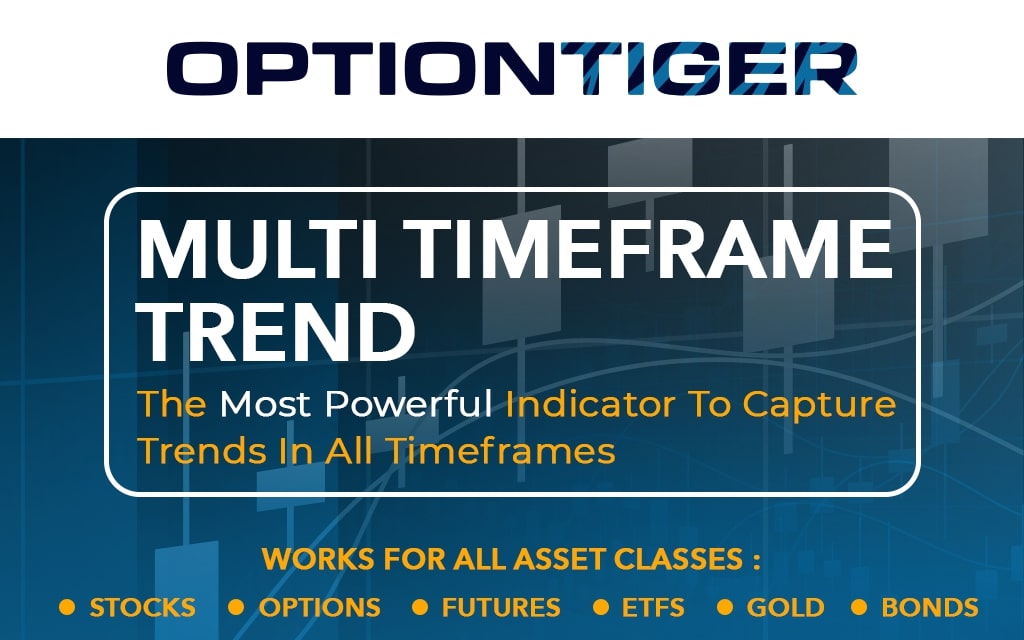The topic of Flash Crashes is back in the news. On Friday, India’s National Stock Exchange (NSE) experienced a flash crash that took the NIFTY 50 Index down 16% in an instant. Most stocks in the Index experienced crashes of between 15 and 20%. Circuit breakers that were supposed to be triggered at a 10% drop did not work, and they ultimately kicked in after a few minutes when the index had dropped 16%. Markets were halted, systems were reset and when it opened again, the Index recovered most of its losses but ended in the red for the day, but well off its lows. Read the full Bloomberg article here.
Sound familiar ? This is exactly what happened on May 6, 2010 in the US. The S&P 500 crashed over 10% but recovered most of its losses, all in about 20 minutes time. Just like the US incident, “fat fingers” typing erroneous Futures orders in the “billions” rather than the millions are blamed in the Indian incident as well. With one difference – while we still don’t know what really happened in the US after 2 years, the culprit was identified almost immediately in India. The broker responsible for the erroneous order (Emkay Global Financial Services) was immediately sequestered, all their orders closed out, and their license to operate in the Indian markets was revoked on the same day. Talk about being judge, jury and meting out swift punishment.
But I want to focus on one very important issue about Flash Crashes and Stop Losses. Most investors including institutional investors use Stop Losses to prevent any further loss when your stock price drops. The way this works is you put a Stop Loss order and leave that order open with a status of “Good till Cancelled”. This order remains open in your account until you explicitly cancel it or until it gets executed. The concept itself makes a lot of sense – if you want to protect your position beyond a certain point, put your Stop Loss at that point, and you don’t have to worry about it after that. But is this really the truth ? And what happens when you have a Flash Crash ? Let’s see what happened in the US in 2010, and what must have surely happened in India as well on Friday.
To understand what happened, we need to understand the Stop Loss order in a little bit of detail. When a Stop Loss gets triggered, your order is automatically converted into a “Market Order”. In a Market Order, your stock gets sold at whatever price the market is quoting at that particular point in time, as reflected by the Bid and Ask prices. Herein lies the problem, and it’s a very big problem. In the middle of a Flash Crash, the Bid and Ask prices are tumbling instantly and prices are crashing but no orders are being executed at this time. But your order is a market order, so its designed to execute whatever price the market allows it to execute. And in a Flash crash, this execution can happen at a price that is significantly lower that your Stop Loss point.
Lets use an example. You own Google (GOOG) stock. GOOG price is 770, and you (or your money manager) has a Stop Loss order at 700. If the price of GOOG falls to 700, your Stop Loss order gets converted into a Market order and your stock will be sold in the market. In an orderly market, you can expect to sell GOOG at very close to 700, perhaps 698 or certainly at 695. But in a Flash Crash, the Bid and Ask prices are tumbling without any executions. So GOOG could go down to 600 or even 500, and at whatever point the market gets an opportunity to sell your stock, it will. This is exactly what happened in the US markets in 2010, and many investors got wiped out because these Stop-Loss-orders turned into Market orders and sold stock at the lowest possible point. To add insult to injury, the Flash Crash then recovers and GOOG makes it all the way back up along with the rest of the market and may end up at 740 for the day. Still in the red, but well off its lows. But to your dismay, your position was closed out at 500 only to see the stock bounce back up to 740. If that’s not a Royal Shaft, I don’t know what is.
The sad part is financial advisors and wealth managers tout the use of Stop Losses as a risk control mechanism. Next time you hear that, ask them how their Stop Losses worked on May 6, 2010. And if you do use Stop Losses, use a “Stop Limit Order”. This would work something like this – your GOOG Stop Loss is at 700, but you also specify a Stop Limit at say 690. This means that your order will execute only between a price range of 690 to 700. If GOOG falls below 690, your order will not execute, and you can save yourself a ton of agony. Read these articles to find out what really happened to investors on May 6, 2010.
Here’s an attorney who will represent you for losses from Stop Losses during a Flash Crash.
http://www.crarybuchanan.com/Law-Blog/2012/April/Flash-Crash-and-Stop-Loss-Orders.aspx
http://online.wsj.com/article/SB10001424052748703950804575242942496526282.html



I never use stop losses , only in the Futures environment. Although its possible to gap down, they generally fill all orders even during a crash.